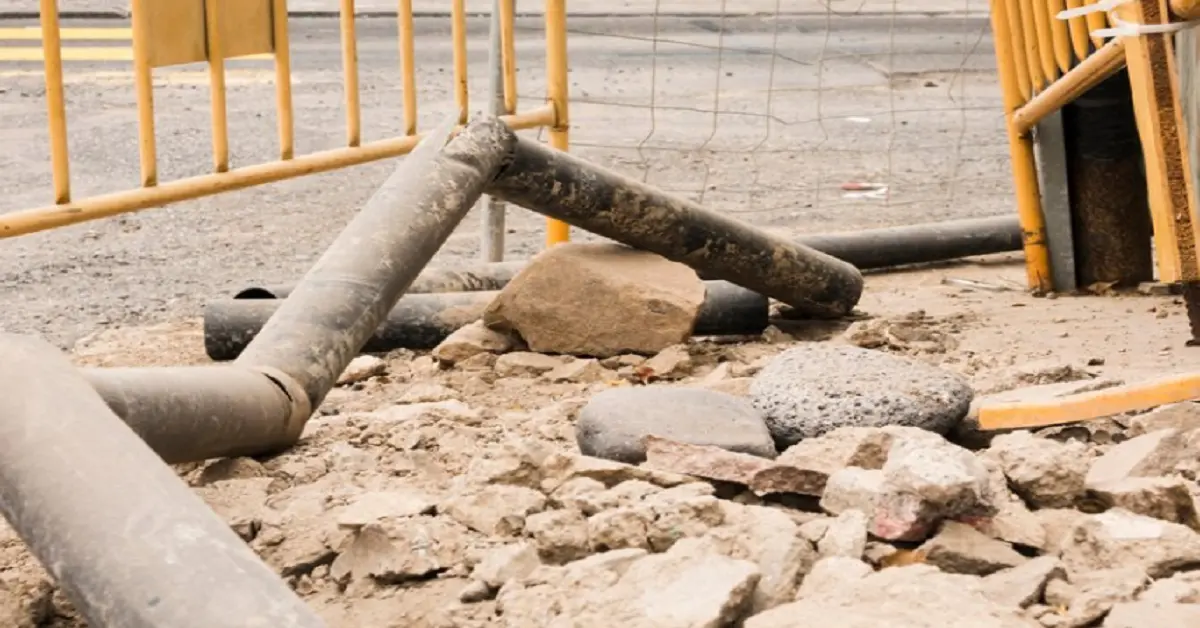Disaster Strikes: From Burst Pipes to Mold Mayhem – Your Ultimate Guide to Emergency Restoration

When disaster strikes in your home, the aftermath can be overwhelming. From burst pipes to mold mayhem, these emergencies require swift action to minimize damage and ensure safety. This guide will help you navigate through the chaos of water-related disasters and restore your home to its former glory.
The Devastation of Burst Pipes
Burst pipes are a homeowner’s nightmare, often causing extensive water damage in a matter of minutes. Understanding how to react when a pipe bursts can save you time, money, and stress. For reliable assistance, you can visit www.bobtheplumbersd.com website.
Immediate Steps to Take When a Pipe Bursts
- Shut Off the Water Supply: The first step is to locate and turn off the main water valve. This stops the flow of water and prevents further flooding.
- Drain the Faucets: Open all the faucets to drain any remaining water in the pipes. This reduces the pressure and helps prevent additional leaks.
- Turn Off Electricity: Water and electricity are a dangerous combination. Turn off the power to affected areas to avoid electrical hazards.
- Document the Damage: Take photos and videos of the damage for insurance purposes. This documentation is crucial for filing a claim.
Did You Know?
A small crack in a pipe can release up to 250 gallons of water a day, causing significant damage in a short period.
Water Damage Restoration: The Basics
Water damage goes beyond just burst pipes. It can occur from flooding, leaks, or even a malfunctioning appliance. Quick action is essential to prevent long-term issues like mold growth and structural damage. For expert assistance, consider contacting Risk Free Serv, Carlsbad, CA.
The Water Damage Restoration Process
- Water Removal: The first step in restoration is to remove all standing water using pumps and vacuums.
- Drying and Dehumidification: Industrial-strength dehumidifiers and air movers are used to dry out the affected areas. This step is crucial to prevent mold growth.
- Cleaning and Sanitizing: Contaminated water can pose health risks. Professionals will clean and sanitize your home to ensure it is safe for occupancy.
- Restoration and Repairs: The final step involves repairing and restoring your home to its pre-damage condition. This may include replacing drywall, flooring, and other structural elements.
Interesting Fact
Water damage accounts for nearly 24% of all homeowner insurance claims, making it one of the most common types of property damage.
Mold Mayhem: The Silent Invader
Mold can develop within 24 to 48 hours after water damage occurs. It not only damages your property but also poses serious health risks.
Identifying Mold in Your Home
- Visible Growth: Mold often appears as black, green, or white spots on walls, ceilings, and other surfaces.
- Musty Odor: A persistent musty smell is a strong indicator of mold growth.
- Health Symptoms: Exposure to mold can cause respiratory issues, allergies, and other health problems.
Preventing Mold After Water Damage
- Act Quickly: The sooner you address water damage, the less likely mold will develop.
- Control Humidity Levels: Keep indoor humidity below 60% to inhibit mold growth.
- Use Mold-Resistant Products: When repairing your home, consider using mold-resistant drywall and paint.
Did You Know?
There are over 100,000 different types of mold, but only a few of them are harmful to humans.
Emergency Restoration Services: Why You Need the Professionals
Attempting to handle water damage and mold removal on your own can be risky and ineffective. Professional restoration services have the expertise, equipment, and experience to handle these emergencies safely and efficiently.
Benefits of Professional Restoration Services
- Rapid Response: Professionals offer 24/7 emergency services to address issues immediately.
- Advanced Equipment: They use industrial-grade equipment for water extraction, drying, and dehumidification.
- Expertise and Experience: Trained technicians can identify hidden damage and mold, ensuring thorough restoration.
- Insurance Assistance: Restoration companies often work with insurance companies to help you navigate the claims process.
Interesting Fact
Using professional restoration services can reduce the cost of water damage claims by up to 40%.
Steps to Take After Professional Restoration
Once the professionals have done their job, there are a few steps you can take to maintain the restored areas and prevent future disasters.
Post-Restoration Maintenance Tips
- Regular Inspections: Periodically inspect your home for signs of leaks or water damage.
- Install Water Detectors: Water detectors can alert you to leaks before they cause significant damage.
- Maintain Plumbing Systems: Regularly check and maintain your plumbing systems to prevent burst pipes and leaks.
- Control Humidity: Use dehumidifiers and ventilation to control indoor humidity levels.
Did You Know?
A single leaky faucet can waste over 3,000 gallons of water a year, enough to fill a small swimming pool.
Preparedness is Key
Water-related disasters can strike without warning, but being prepared can make all the difference. Knowing how to respond to burst pipes, understanding the water damage restoration process, and recognizing the dangers of mold are essential steps in protecting your home and health.
By following this guide and utilizing professional restoration services, you can confidently navigate the challenges of water damage and mold mayhem, ensuring your home is restored to a safe and comfortable condition.